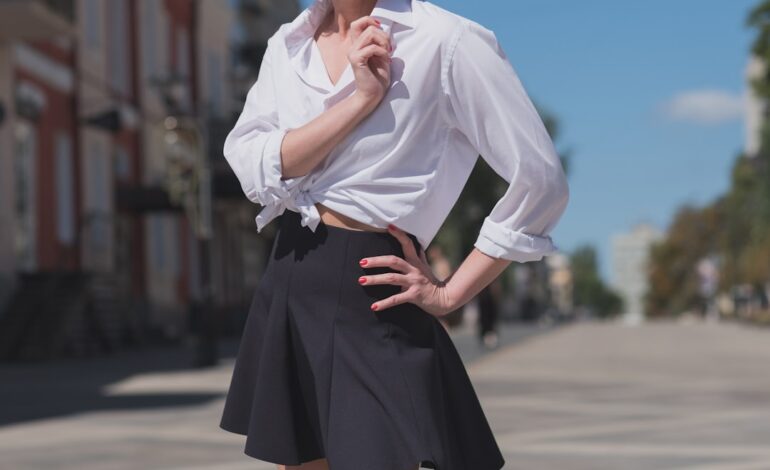The secret language of style: a deep dive into the art of fashion sketching
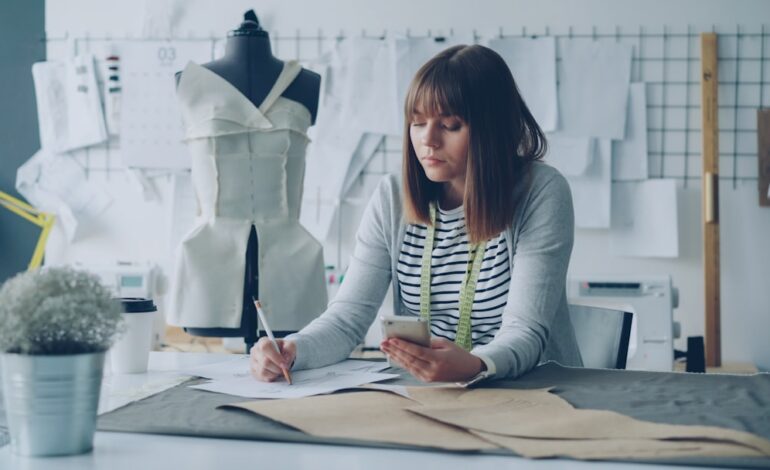
More than just a drawing: why fashion sketching matters
Before the runway lights ignite, before the first stitch is sewn, and long before a garment graces the pages of a magazine, it begins with a simple, powerful act: a sketch. In the fast-paced, high-stakes world of fashion, the fashion sketch is the first whisper of an idea, the foundational blueprint for every iconic piece we come to admire. It’s a silent language understood by designers, pattern makers, and everyone in between. This is where a fleeting moment of inspiration—a color, a silhouette, a feeling—is captured and given its first form.
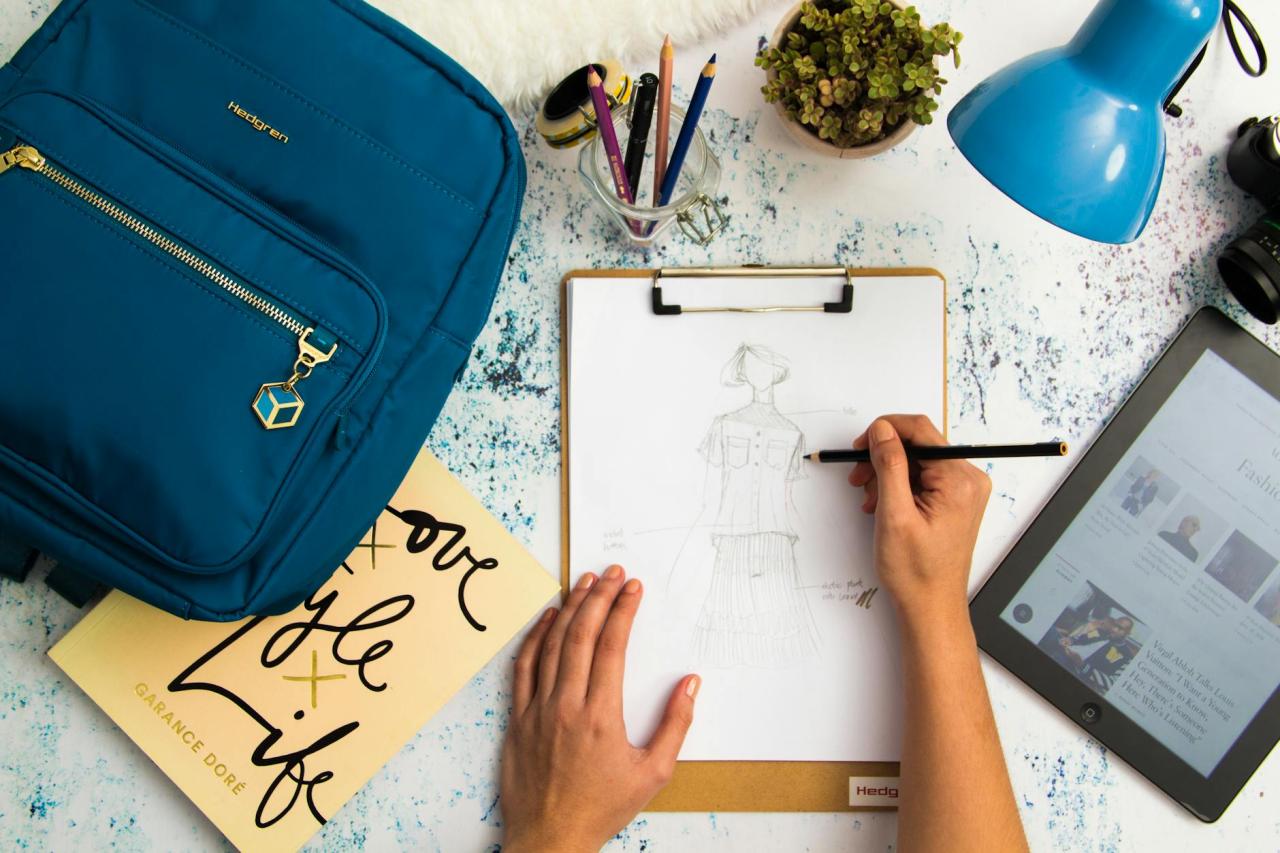
For the fashion enthusiast, understanding the art of fashion sketching is like gaining a backstage pass to the creative process. It’s about appreciating the journey from a two-dimensional drawing to a three-dimensional reality. Whether you’re an aspiring designer, a student, or simply someone who loves fashion, join us at KIQIZ as we pull back the curtain on this essential and beautiful craft. We’ll explore its rich history, break down the techniques, and reveal how this timeless skill is evolving in the digital age.
A brief history: sketching through the ages
The practice of illustrating fashion is nearly as old as fashion itself, but it truly blossomed as a distinct art form in the 16th century. Journals and plates were published to document the clothing of different regions and social classes, serving as an early form of trend reporting. However, it was during the 19th century that fashion illustration began to shape, rather than just record, style. Charles Frederick Worth, often hailed as the father of haute couture, was one of the first to present clients with drawings of his designs, establishing a new level of creative ownership and vision.
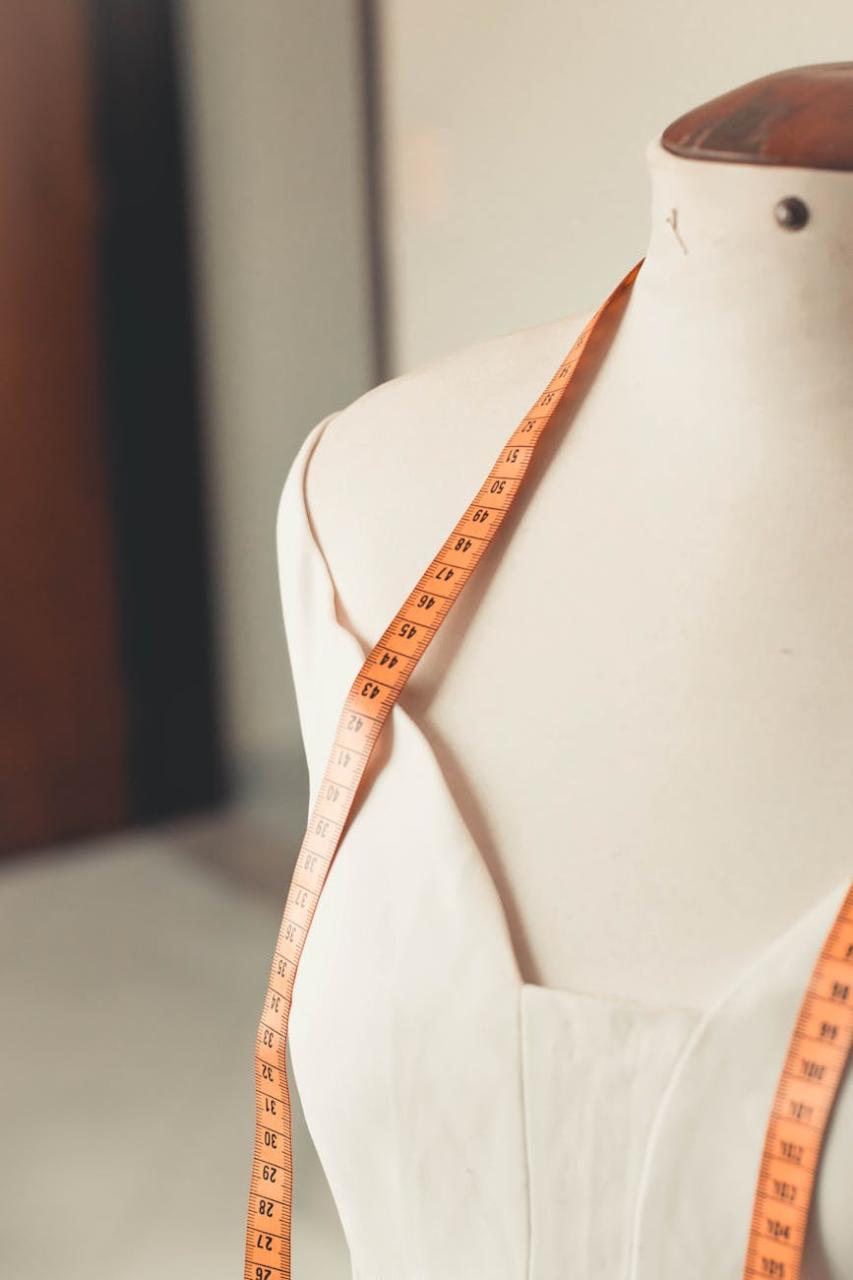
The early 20th century marked a golden age for fashion illustration. Visionary designers like Paul Poiret collaborated with artists to create stunning visuals that were works of art in their own right. The rise of magazines like Vogue and Harper’s Bazaar provided a grand stage for illustrators such as Erté and Carl Erickson, whose elegant, stylized figures defined the aesthetic of their eras. For decades, before photography dominated fashion media, the illustrator was king, capturing not just the garment, but the spirit of the modern woman.
The purpose of a fashion sketch: a blueprint for beauty
A common misconception is that a fashion sketch is merely a pretty picture. In reality, it serves several critical functions within the design process. It’s less of a final portrait and more of a detailed, multifaceted map.
Communicating a vision
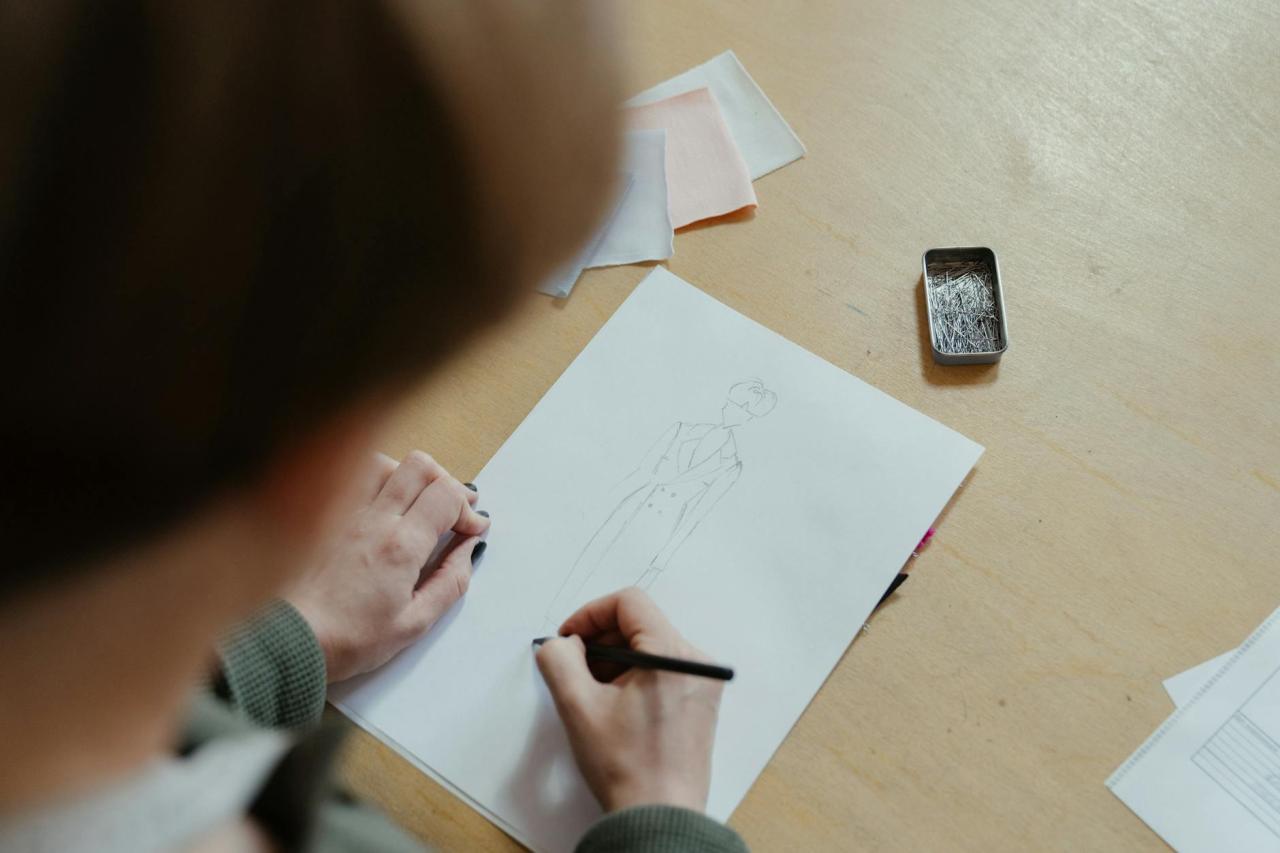
First and foremost, a sketch is a communication tool. A designer uses it to translate the abstract concepts in their mind into a concrete visual that the entire team can understand. The drawing clearly communicates the silhouette, length, fit, and key details like seams, darts, and embellishments to pattern makers and seamstresses. It bridges the gap between creative vision and technical execution, ensuring everyone is working towards the same goal.
Exploring concepts and ideas
A designer’s sketchbook is a sacred space for experimentation. It’s where raw ideas are explored without the cost and commitment of using real fabric. Dozens of variations of a sleeve, a neckline, or a skirt can be rapidly drawn, iterated upon, and discarded. This process of rapid ideation allows for creative freedom and helps refine a concept until it is just right. The sketch is where problems are solved and happy accidents happen.
The foundation of a collection
When designing an entire collection, sketches are essential for maintaining cohesion. By laying out all the drawings together, a designer can see how the different pieces interact, creating a visual storyboard. This helps ensure a consistent mood, color palette, and aesthetic runs through the entire line, telling a unified story on the runway. It’s the tool that transforms individual items into a powerful, collective statement.
The anatomy of a fashion sketch: breaking it down
Creating an effective fashion illustration involves more than just drawing a dress. It requires a specific set of skills and an understanding of its core components, which blend artistic flair with technical precision.
The croquis: the fashion figure
The foundation of any fashion sketch is the croquis, a French term meaning ‘sketch’. It’s the template of a human figure that designers draw on top of. Unlike a realistic life drawing, the fashion croquis is intentionally stylized and exaggerated. The standard is a 9-head or even 10-head figure, where the body is 9 or 10 times the height of the head. This elongation creates long, graceful lines, making the clothes appear more elegant and dramatic. Over time, many designers develop their own signature croquis style that reflects their brand’s unique aesthetic.
Capturing the garment: lines, drapes, and textures
Once the croquis is established, the focus shifts to the garment itself. This is where the designer’s technical knowledge shines:
- Line work: Different lines are used to define the garment. Solid, confident lines indicate seams and hemlines, while lighter, sketchier lines can suggest movement or volume.
- Drape and fold: A crucial skill is illustrating how different fabrics behave. The soft, flowing folds of silk are drawn very differently from the stiff, structured form of denim or the heavy drape of wool. Understanding fabric weight and texture is key to making a drawing look believable.
- Texture and pattern: How do you draw the fuzziness of mohair or the sheen of satin? Illustrators use techniques like cross-hatching, stippling, and shading to render different textures and make the fabric come alive on the page.
Adding color and detail
Color is a powerful tool for conveying the mood and story of a design. Watercolors can create beautiful, soft washes of color, while markers like Copics provide bold, saturated hues. Beyond color, the final details are what sell the design. Meticulously drawing buttons, zippers, top-stitching, or embroidery not only provides technical information but also adds a layer of professionalism and polish to the illustration.
Tools of the trade: from traditional to digital
Just as fashion evolves, so do the tools used to create it. Designers today have a wide array of options, from time-honored traditional methods to cutting-edge digital technology.
The classic designer’s toolkit
There is a certain romance to the traditional fashion sketchbook. The tactile feel of paper and the distinct mark of a pencil are irreplaceable for many designers. The essential classic toolkit includes:
- Sketchbooks: A smooth paper like Bristol board is ideal for marker and ink work, while a paper with more texture is great for pencils and watercolor.
- Pencils: A range of graphite pencils (from a hard 2H for light guidelines to a soft 4B for expressive shadows) is essential.
- Fine-liners and pens: Black ink pens in various thicknesses are used to finalize outlines and add sharp detail.
- Color mediums: Professional-grade markers (like Copic or Prismacolor), watercolors, and high-quality colored pencils are industry standards for rendering vibrant designs.
The digital revolution: sketching in the 21st century
Technology has transformed the fashion designer’s workflow. Digital sketching offers unparalleled flexibility, speed, and ease of sharing. The modern digital toolkit often features:
- Hardware: A graphics tablet (like a Wacom) or an iPad with an Apple Pencil are the most common tools. They provide the pressure sensitivity needed for a natural drawing experience.
- Software: Adobe Illustrator is the industry standard for creating flat, technical sketches used for manufacturing. For more expressive, painterly illustrations, Adobe Photoshop and Procreate (for the iPad) are incredibly popular. These programs offer endless brushes, textures, and color options, plus the holy grail of creative work: the ‘undo’ button.
Many designers today use a hybrid approach, starting with a pencil sketch on paper to capture the initial raw energy, then scanning it to refine and render it digitally.
Finding your signature style: tips for aspiring illustrators
Developing a unique and recognizable illustration style is a journey of practice and discovery. If you’re looking to dip your toes into the world of fashion sketching, here are a few tips to get you started.
Study the masters: Look at the work of iconic fashion illustrators. Analyze how David Downton uses minimal, elegant lines, or how Megan Hess creates whimsical, glamorous worlds. Studying their techniques will inspire and inform your own work.
Practice constantly: Like any skill, drawing improves with repetition. Fill sketchbooks. Draw from magazines, from runway photos, and even from clothes in your own closet. The more you draw, the more you will develop your hand-eye coordination and discover your unique visual language.
Exaggerate and stylize: Remember, fashion illustration is not about creating a photorealistic portrait. It’s about capturing an attitude and an idea. Don’t be afraid to elongate limbs, create dynamic poses, and simplify details to emphasize the parts of the design that matter most.
The enduring power of the sketch
In a world of 3D modeling and AI-generated designs, one might wonder if the humble sketch still has a place. The answer is a resounding yes. The fashion sketch is more than a technical drawing; it’s the heartbeat of a design. It carries an emotional weight and a human touch that technology cannot fully replicate. It is the purest link between a designer’s imagination and the final creation.
The next time you admire a stunning gown or a perfectly tailored jacket, remember the journey it took. It all started as a series of lines on a page—a whisper of an idea, spoken in the beautiful, secret language of style.

